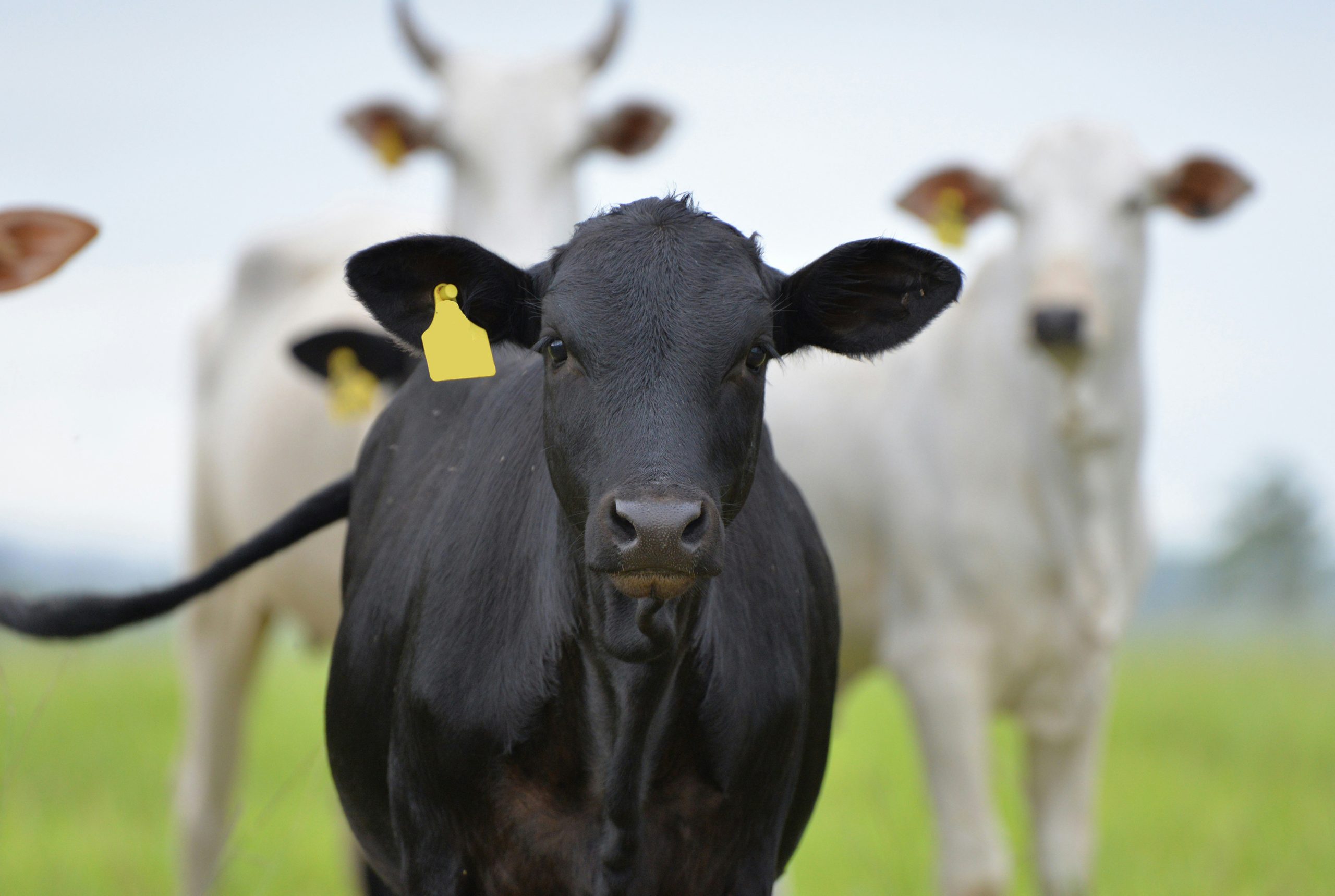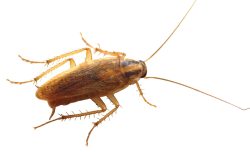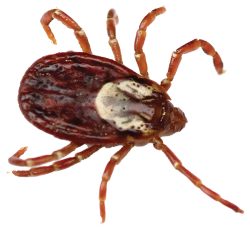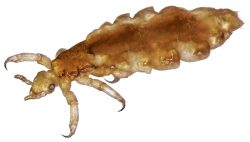How Soon Will a Cow Breed Back After Calving
Article courtesy of BioZyme® Inc.
(SAINT JOSEPH, Mo., April 30, 2024) We expect a lot from a cow. She spends roughly 283 days in gestation, delivers a calf, and then we prepare her for breed back and expect her to conceive problem free during her first heat. That is a lot for the body to handle, and the cow does it, hopefully, year after year after year.
The time it takes for a cow to breed back after calving is often referred to as the postpartum interval. Its length of time varies based on several factors, including the cow’s health, body condition, age, breed, nutrition and management practices.
So, how soon will a cow breed back after calving?
The Timeframe
On average, most cows are expected to breed back within 45 to 90 days after calving. This period allows the cow’s reproductive system to recover and prepare for the next breeding cycle. A shorter postpartum interval contributes to a consistent calving interval, allowing the cow to calve at approximately the same time each year.
Keeping your herd on the same calving interval also keeps your calf crop consistent and uniform. This helps with weaning and marketing as buyers look for calves of consistent age, size and weight at weaning and sale time.
Factors That Influence Postpartum Interval
Body Condition
Cows with a good body condition score at calving tend to have a shorter postpartum interval. If a cow is underweight or in poor condition, it may take longer for her to regain reproductive function. Get your cows ready for breeding with a good plane of nutrition.
You don’t want to have them be too fat or too thin. Although they are calving during spring, when grasses are at their lushest, remember that grass is often watery and may not contain the DM needed for the cow. You might need to supplement with added grain or hay, especially since they are raising a calf and preparing for breed back simultaneously.
Age
How soon will a cow breed back after calving? It’s often going to depend on their age. First-calf heifers may take longer to breed back compared to mature cows because they are still growing and recovering from their first calving experience.
Remember, as nutrients are partitioned out, growth is a priority. Reproduction is the lowest priority for younger females. So, you need to provide for your young females nutritionally to support long-term reproductive success.
Nutrition
Adequate nutrition plays a crucial role in reproductive recovery. Cows receiving proper nutrition and mineral supplementation are more likely to breed back sooner. This is where we can help your herd with a vitamin and mineral supplement like VitaFerm® Concept•Aid®. The Concept•Aid products promote effective, easy breeding when fed 60 days pre-calving through 60 days post-breeding. Concept•Aid products contain:
· AO-Biotics® Amaferm®, a prebiotic research-proven to enhance digestibility.
· Organic copper, iodine and zinc for maximum bioavailability, innate immunity and hoof health.
· High levels of Vitamin E to support reproductive tract repair and milk quality.
Available in a variety of formulas, in both loose and tubs, VitaFerm makes a Concept•Aid formula for every management scenario. Find the Concept•Aid best for your operation with our Concept•Aid Product Navigator.
Breed
Some breeds or genetic lines may have a shorter or longer postpartum interval due to differences in reproductive efficiency. Record keeping is an important tool to track which genetic lines do indeed breed back faster. If you have continued challenges with the same cow each year, it might be time to consider culling her.
Management Practices
Proper management, including minimizing stress, providing adequate care and ensuring a suitable breeding environment, can influence the postpartum interval. This includes providing shelter and space as needed, fresh, plentiful water and ensuring that your herd remains healthy postpartum.
Estrus Cycle Resumption
After calving, cows undergo a period of reproductive recovery known as the “anestrus period.” This is the time between calving and the resumption of estrus (heat cycles). Factors such as nutritional status, stress and body condition can affect the duration of this period.
Estrus Synchronization
Some producers use estrus synchronization protocols to induce estrus and shorten the postpartum interval. This can help manage breeding more efficiently and achieve desired calving intervals. Using CIDRS or other hormone injection techniques are the most common synchronization methods. To discover the protocol right for you and your operation, work with your veterinarian or your beef genetic supplier or reproduction specialist.
BioZyme® Can Help
At BioZyme, believe in care that comes full circle for every animal. That is why we want to help you determine how soon will a cow breed back after calving. To ensure cows breed back in a timely manner, it’s essential to focus on the following:
- Maintain cows in optimal body condition through proper nutrition.
- Reduce stress and provide a clean and comfortable environment.
- Monitor cows for signs of estrus (heat) and use appropriate breeding methods (natural service or artificial insemination).
- Implement breeding protocols that align with herd management goals.
- Ensure cows receive adequate mineral and vitamin supplementation – VitaFerm Concept•Aid.
If a cow doesn’t breed back within the expected timeframe, it may be necessary to evaluate her health, nutrition and management to determine any issues and implement corrective measures.
Get your VitaFerm Today
Not sure how soon will a cow breed back after calving? Well, with the help of VitaFerm, it will be a lot sooner than your neighbor’s cows who isn’t using VitaFerm!
Are you ready to add VitaFerm to your mineral program? We hope so! Not only will VitaFerm help with easy, effective breeding, it will also increase digestibility, helping keep your entire herd healthier.
Not sure what product is right for your operation? Refer to the Concept•Aid Product Navigator to help you discover the product best for you.
Are you looking for a handy gestation calculator to help you determine the right time to breed back your cows based on when you want to calve? We’ve got you covered there too! Check out our automated Gestation Calculator.
Looking to buy the VitaFerm products locally? Find a local dealer here.
If you’re not seeing a dealer in your area but still want to support local businesses, consider referring a dealer.
About BioZyme® Inc.
BioZyme Inc., founded in 1951, develops and manufactures natural, proprietary products focused on animal nutrition, health and microbiology. With a continued commitment to research, BioZyme offers a complete line of feed additives and high density, highly available vitamin, mineral, trace mineral and protein supplements for a variety of animals including cattle, pigs, poultry, sheep, goats, horses and dogs. BioZyme brands include AO-Biotics,®, VitaFerm®, Gain Smart®, Sure Champ®, Vitalize®, DuraFerm® and Backyard Boost®. With headquarters in St. Joseph, Missouri, the company reaches a global market of customers that stretches into countries across five continents. For more information about BioZyme, visit www.biozymeinc.com.








